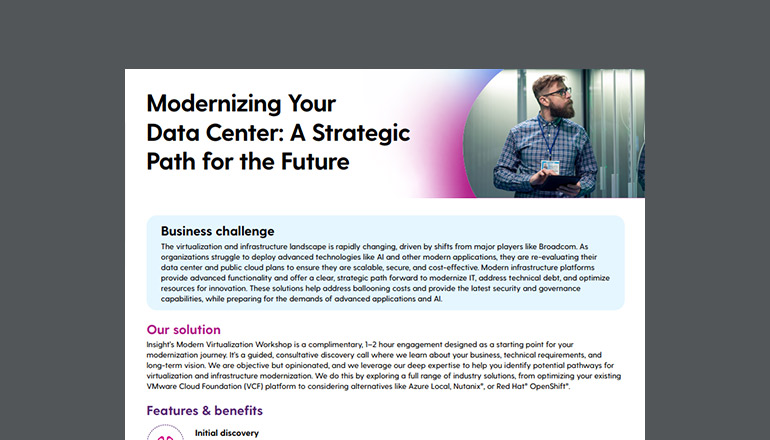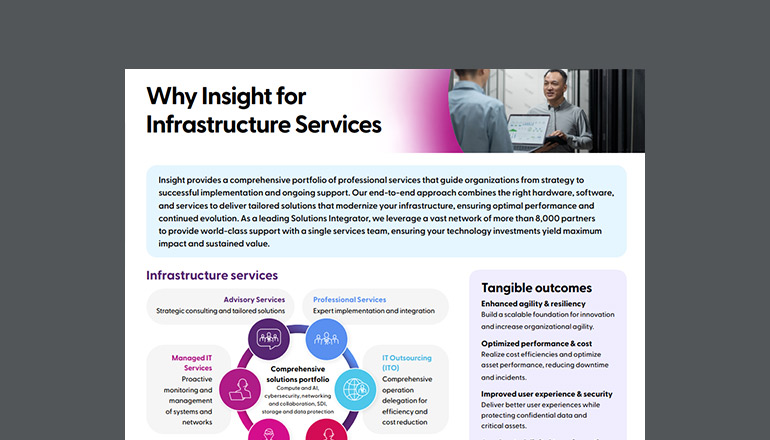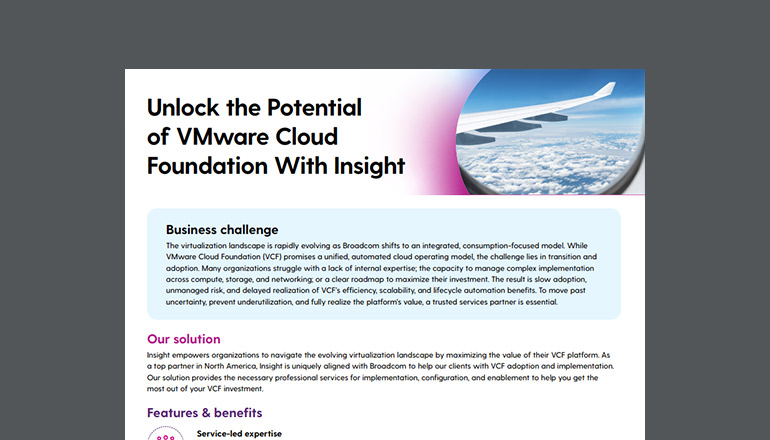Glossary What Is SD-WAN?
By / 2 Jan 2023 / Topics: Data center Modern infrastructure
A SD-WAN is a modern networking approach that addresses the shortcomings of traditional Wide Area Networks (WAN) by decoupling networking hardware from management and control mechanisms, allowing organizations to create a higher-performing WAN that leverages orchestration and automation. SD-WAN simplifies the management and operation of WAN infrastructure, provides flexible and agile security, and reduces the level of complexity inherent in traditional WAN and multicloud environments.
What does SD-WAN stand for?
SD-WAN stands for software-defined wide area network.
What are the benefits of SD-WAN?
With cloud adoption being a key factor in digital transformation, organizations need higher levels of connectivity — not only from branch-to-branch or branch-to-data center but in many cases branch-to-cloud. This presents big challenges for traditional WAN technologies.
Looking at traditional WAN, typically traffic is backhauled through a main campus or regional data center for all branch and remote offices. This can introduce significant amounts of latency, which, in turn, slows access to systems, negatively impacts the performance of applications, and leads to poor user experience and a potential decrease in overall productivity. In addition, traditional WAN also suffers from a lack of agility and affects IT’s ability to quickly roll out new services to users.
Also, circuits are expensive, and having those circuits redundantly deployed at branch offices is an added cost for organizations — especially when paying for a redundant connection that remains idle until a failover situation. Multiprotocol Label Switching (MPLS) can cost up to three times the price of broadband internet, and circuit provisioning can take months depending upon the location and carrier.
Other downsides of traditional WAN infrastructure include:
- A lack of centralized management
- No visibility and control of who or what is consuming bandwidth on the WAN
- Time-consuming troubleshooting, with each branch in its own silo
- The need for manual configuration of routers at each of the remote locations
- A lack of secure and reliable WAN transport other than MPLS
SD-WAN is the modern networking approach that addresses the shortcomings of traditional WAN. These solutions are designed to securely support the shifting of networking traffic patterns to the cloud, alleviate bandwidth concerns and bottlenecks resulting from growing user populations and device counts, and ultimately reduce the level of complexity that’s become inherent with traditional WAN and the co-existence of multicloud environments.
SD-WAN simplifies the management and operation of the WAN infrastructure. It achieves this by decoupling the networking hardware from its management and control mechanisms, allowing organizations to create a higher-performing WAN that leverages orchestration and automation. This is key because it allows an organization to focus on the delivery of new services to their customers rather than investing time in maintaining and troubleshooting the legacy network in place today.
By enhancing or replacing legacy branch routers with virtual or physical SD-WAN appliances that can control application-level policies and provide a network overlay, less costly internet links can act more like dedicated circuits, making it easier to set up connections for branch offices and remote personnel. This provides the freedom to partially or completely replace more costly private WAN technologies such as MPLS.
Security benefits of SD-WAN
One of the biggest benefits of SD-WAN is the flexibility and agility of its security, enabling secure communications over any transport. Not only does it give an organization the ability to leverage existing security investments through features such as service-chaining, but also allows for the use of cloud security features, which help to consume the cloud at a much greater scale.




